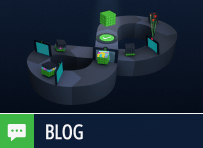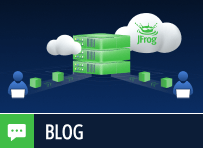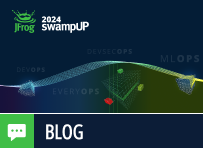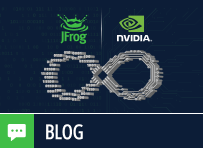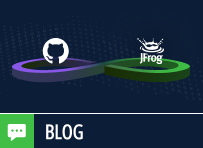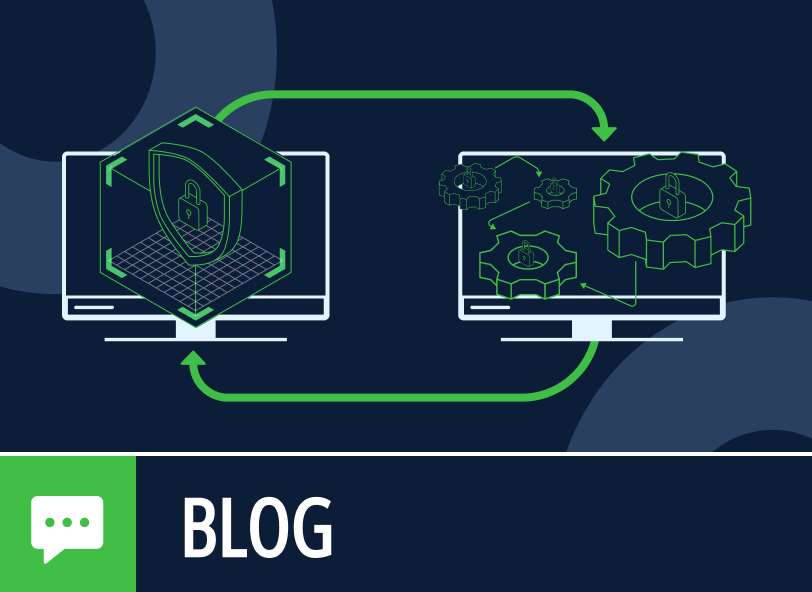The Breach You Didn’t Expect: Your AppSec Stack
Imagine this. The Wake Up Call Your phone rings on January 2nd, and it’s your DevSecOps and AppSec groups. A major security vulnerability is exposing your business, and your teams are trying desperately to find and fix it to protect your data. You probably have scars as far back as Log4j, as well as threats …

